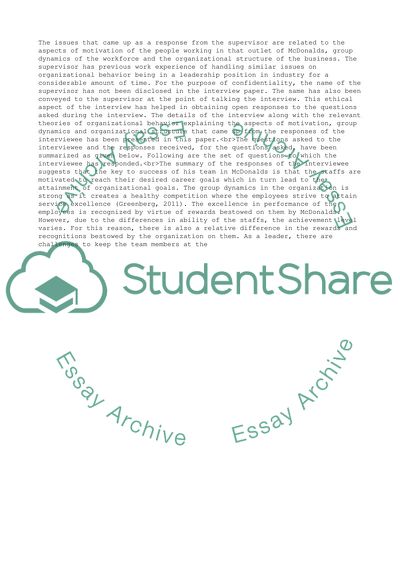Cite this document
(Leadership Interview paper Assignment Example | Topics and Well Written Essays - 2250 words, n.d.)
Leadership Interview paper Assignment Example | Topics and Well Written Essays - 2250 words. https://studentshare.org/management/1869133-leadership-interview-paper
Leadership Interview paper Assignment Example | Topics and Well Written Essays - 2250 words. https://studentshare.org/management/1869133-leadership-interview-paper
(Leadership Interview Paper Assignment Example | Topics and Well Written Essays - 2250 Words)
Leadership Interview Paper Assignment Example | Topics and Well Written Essays - 2250 Words. https://studentshare.org/management/1869133-leadership-interview-paper.
Leadership Interview Paper Assignment Example | Topics and Well Written Essays - 2250 Words. https://studentshare.org/management/1869133-leadership-interview-paper.
“Leadership Interview Paper Assignment Example | Topics and Well Written Essays - 2250 Words”. https://studentshare.org/management/1869133-leadership-interview-paper.


